1. American Alligator
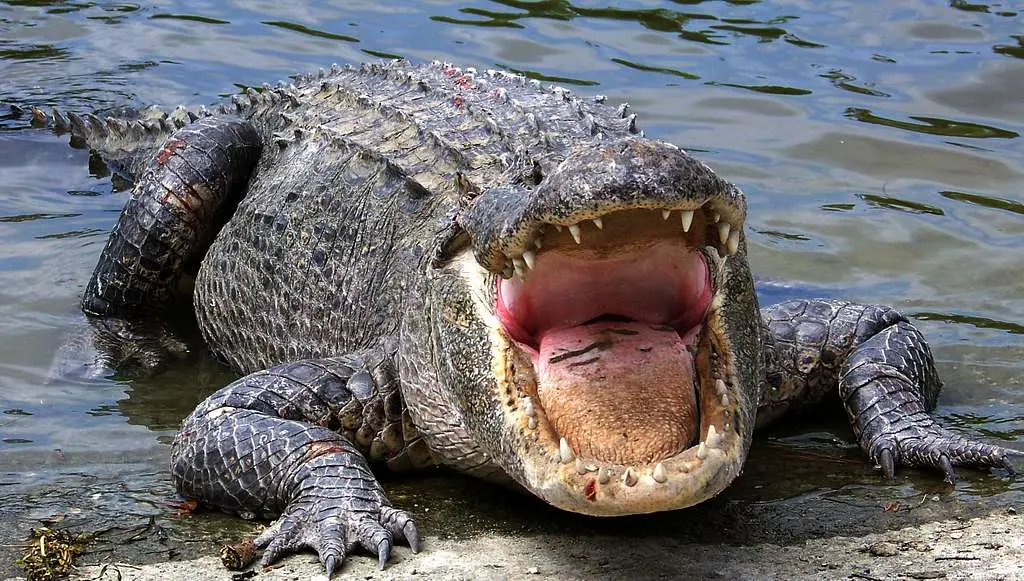
The American alligator is one of the most iconic and intimidating predators of the southeastern U.S. Found in freshwater swamps, marshes, and lakes, these reptiles can grow over 11 feet long and weigh up to 1,000 pounds. While not naturally aggressive toward humans, they are fiercely territorial and will defend their space when they feel threatened. Alligators are especially dangerous during mating season, which typically spans late spring to early summer, as males can become highly combative. Female alligators are equally aggressive when guarding their nests and young.
According to FoodtoEat, their powerful bite is capable of crushing turtle shells, demonstrating their immense jaw strength. Although attacks on humans are rare, they often occur when people feed or approach them, leading alligators to lose their natural fear of humans. Reports of alligator attacks often make headlines, but many can be prevented through proper caution and distance. Swimming in marked “alligator territory” is strongly discouraged, especially at dusk or dawn when they are most active. As apex predators, alligators play a vital role in their ecosystems by controlling populations of fish and smaller prey.
2. Grizzly Bear
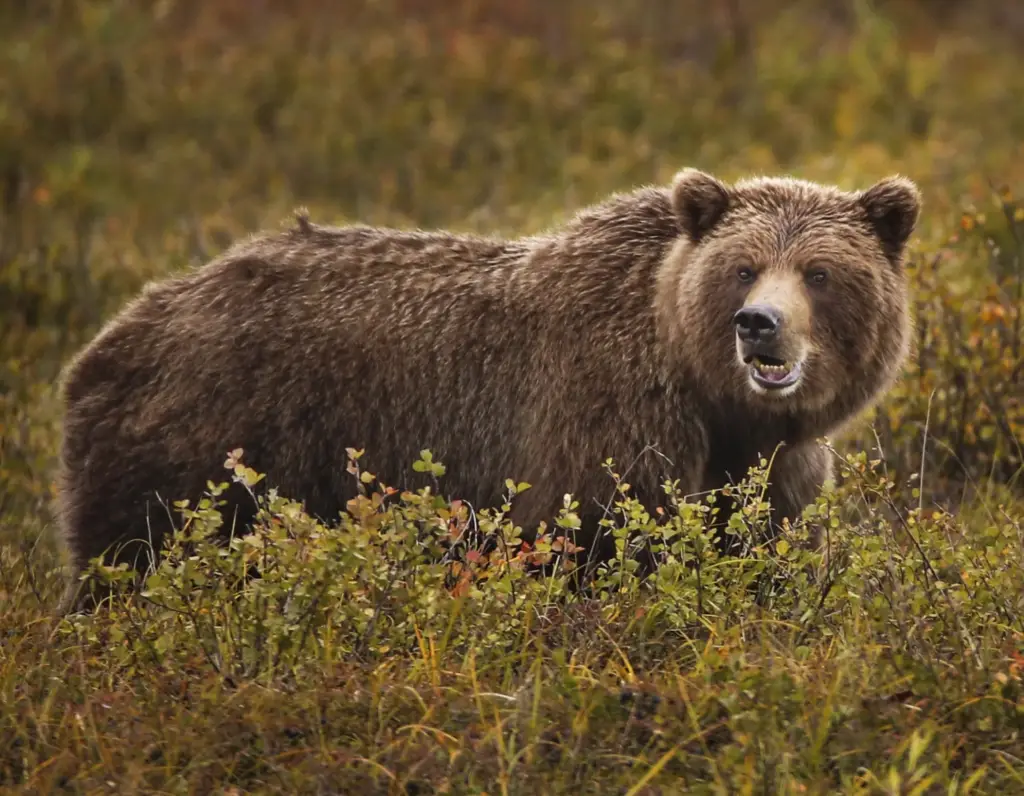
Grizzly bears are some of the largest and most powerful mammals in North America, capable of weighing over 800 pounds. Found in Alaska, the Rocky Mountains, and parts of the Pacific Northwest, they are known for their impressive strength and speed, running up to 35 mph. Grizzlies are highly aggressive when surprised, particularly if they are with cubs or protecting food caches. According to Eagle Eye Adventures, unlike black bears, which often flee from humans, grizzlies are more likely to confront perceived threats head-on. Attacks can be devastating due to their sharp claws, large teeth, and the sheer force of their blows. Wildlife experts advise hikers in bear country to carry bear spray and travel in groups to minimize the risk of encounters.
Grizzlies are also highly territorial and will defend their space from other animals, including humans. Their aggression increases during the fall, as they work tirelessly to fatten up for hibernation. Encounters with grizzlies can often be avoided by making noise to alert bears of human presence. Despite their fearsome reputation, grizzly bears are an essential part of their ecosystems, helping to distribute seeds and maintain balance in their habitats.
3. American Bison
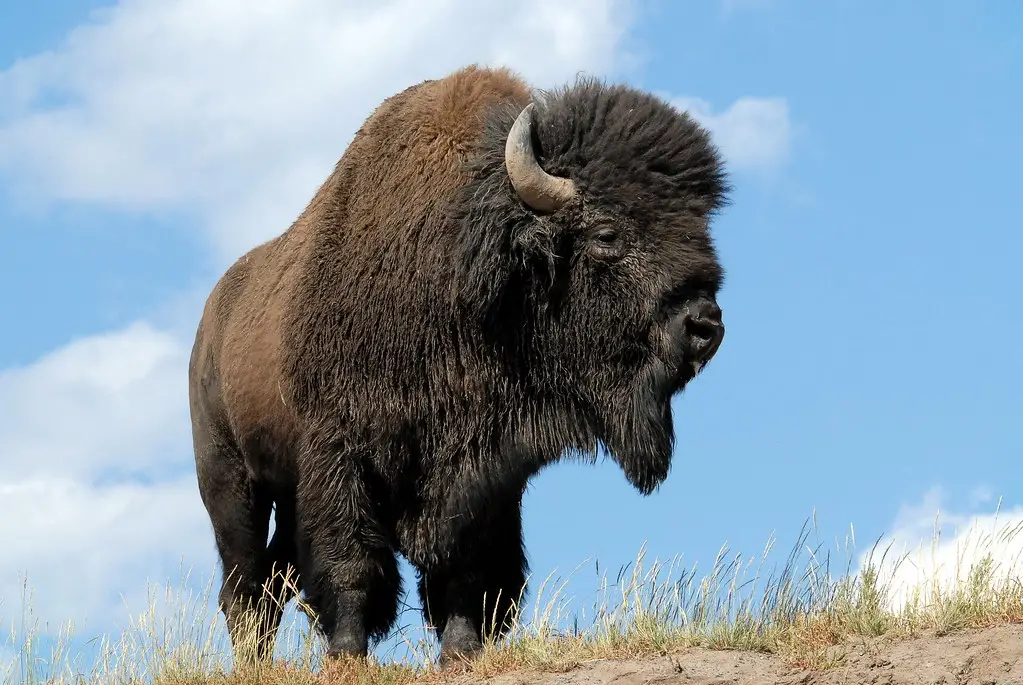
The American bison is a symbol of the American West, but these massive animals are not to be underestimated. Weighing up to 2,000 pounds and capable of running 35 mph, bison are deceptively fast and agile for their size. They are particularly aggressive during mating season, known as the rut, which occurs in the late summer months. According to the LibGuides at the International Environment Library Consortium, male bison often engage in head-to-head battles to establish dominance, and they can become unpredictable if approached. Tourists in national parks like Yellowstone often underestimate the dangers of getting too close to these seemingly docile animals, leading to injuries each year.
Bison will charge if they feel threatened or cornered, using their massive heads and sharp horns as weapons. Their aggression is not limited to humans; they are also known to fight off predators like wolves and bears. Even calves can be surprisingly robust, capable of keeping up with the herd within hours of birth. While their populations have recovered from near extinction, conservationists continue to advocate for respecting bison habitats. Keeping a safe distance and observing them from afar is crucial to both human safety and the animals’ well-being.
4. Cottonmouth Snake
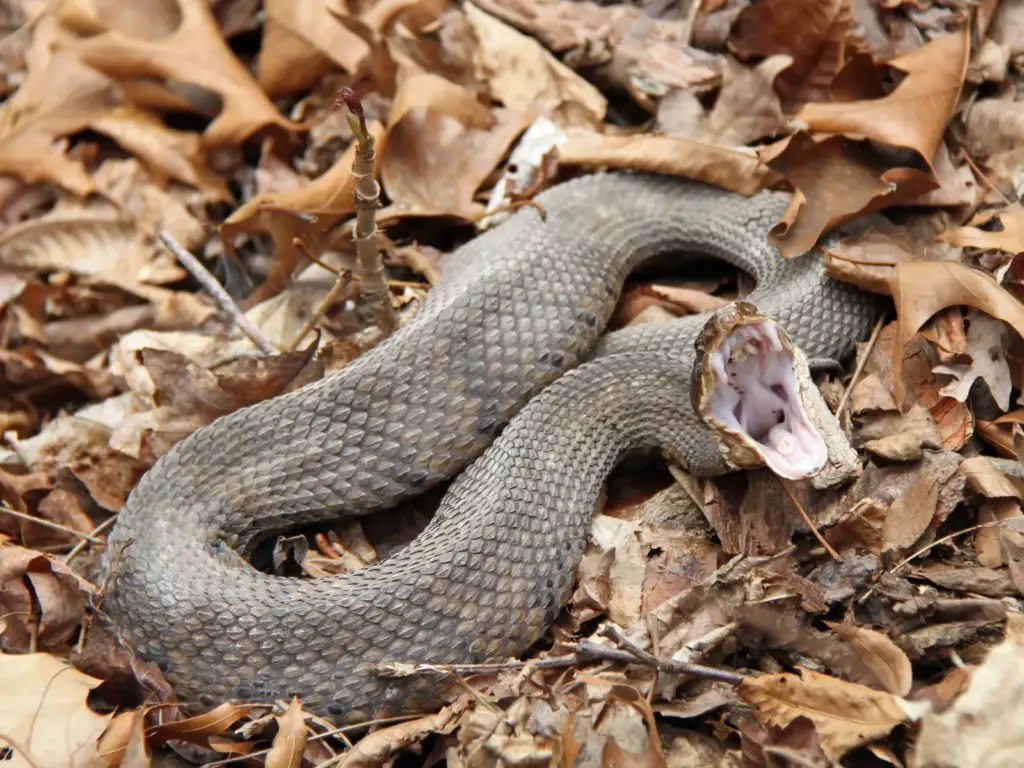
The cottonmouth, also known as the water moccasin, is one of the most feared venomous snakes in the southeastern U.S. These snakes are semi-aquatic, often found near swamps, rivers, and ponds, and can grow up to four feet long. Their name comes from the distinctive white interior of their mouths, which they display as a warning when threatened. Cottonmouths are known for their aggressive behavior, standing their ground rather than retreating like many other snake species. They can deliver multiple strikes in quick succession, injecting venom that causes severe tissue damage and pain. Unlike rattlesnakes, which provide an audible warning, cottonmouths rely on visual displays and body language to deter threats.
Their venomous bite can be life-threatening if untreated, making them a significant concern for swimmers, anglers, and hikers. Cottonmouths are especially bold in water, sometimes swimming toward people or boats, which adds to their fearsome reputation. According to Live Science, despite their aggression, they play a vital ecological role by controlling rodent and fish populations. Avoiding encounters involves staying alert near water and steering clear of any snakes exhibiting defensive behaviors.
5. Wolverine
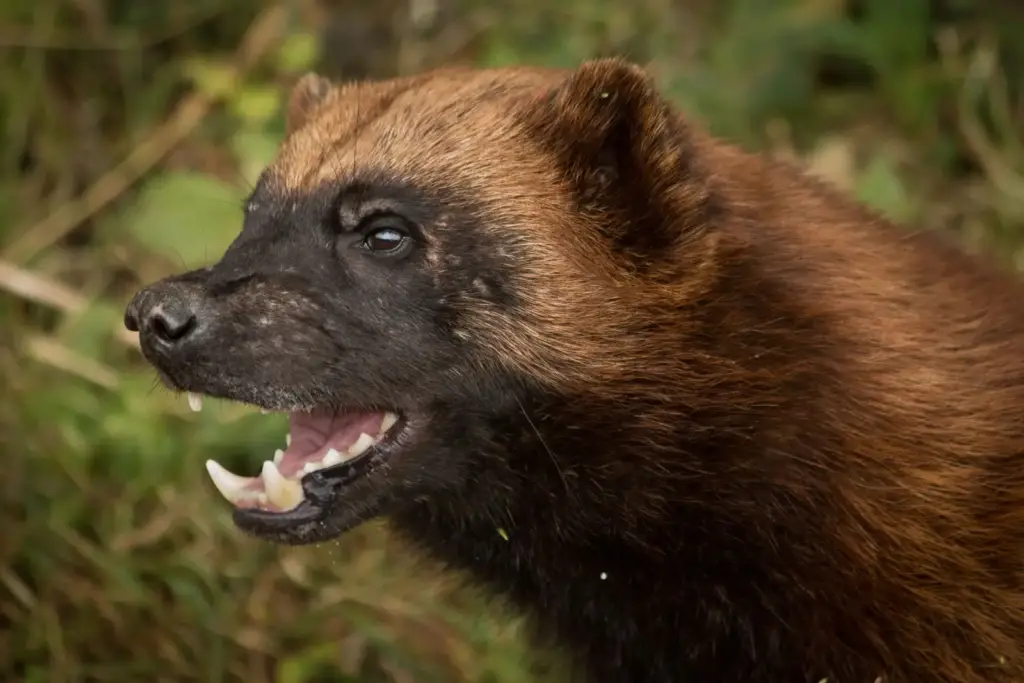
The wolverine, often called the “devil of the north,” is a small yet ferocious carnivore known for its aggressive demeanor. Found in remote parts of Alaska, Canada, and the northern Rockies, wolverines are highly territorial and fiercely defend their home ranges. According to Defenders of Wildlife, these animals, which resemble small bears, are equipped with sharp claws, strong jaws, and an unyielding determination that allows them to take down prey much larger than themselves, including caribou and deer. Wolverines are also notorious for scavenging kills from wolves and bears, often engaging in fights to claim their share. They’re incredibly resilient, surviving in harsh environments where food is scarce, which contributes to their combative behavior.
Encounters with humans are rare due to their elusive nature, but they will defend themselves if cornered. Wolverines are also known to raid campsites or food storage areas, showing little fear of people. Conservationists admire their tenacity and regard them as symbols of wilderness survival. However, their populations are declining due to habitat loss and climate change, making it vital to protect their ecosystems. Despite their size, wolverines are among the most aggressive animals in North America, embodying raw survival instincts.
6. Great White Shark
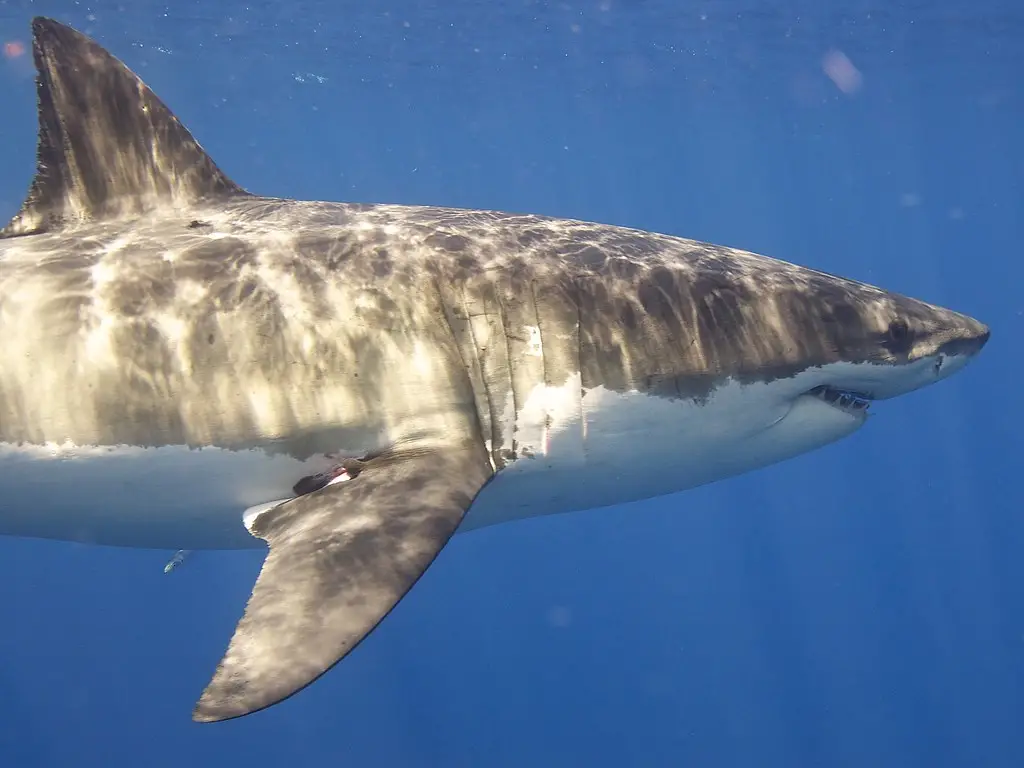
The great white shark is one of the ocean’s top predators, known for its size, power, and aggressive hunting behavior. Found along both coasts of the U.S., especially near California, these sharks can grow up to 20 feet long and weigh over 5,000 pounds. Great whites are ambush predators, attacking their prey with incredible speed and precision, often breaching the water during their strikes. Their diet includes seals, sea lions, and fish, but they sometimes mistake humans for prey, leading to rare but serious attacks. Despite their fearsome reputation, great whites rarely consume humans after a bite, as they prefer high-fat prey like marine mammals. They are highly territorial and have been known to defend feeding grounds aggressively against other sharks.
Their rows of sharp teeth are continually replaced throughout their lives, ensuring they’re always armed for their next hunt. Scientists studying great whites have noted their complex behaviors, including curiosity and social interactions, which are far more nuanced than their “mindless predator” stereotype. Efforts to conserve these apex predators are crucial, as they play a vital role in maintaining the health of marine ecosystems. While encounters are rare, great whites remind us of the raw power of nature.
7. Wild Boar
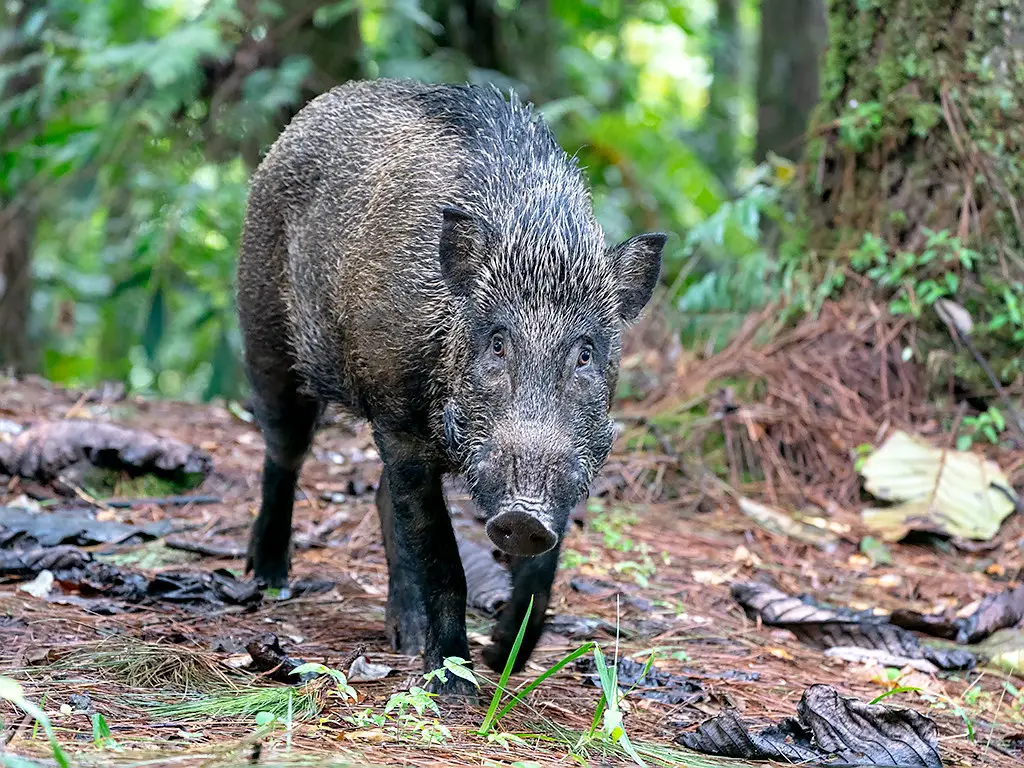
Wild boars, also known as feral hogs, are among the most aggressive and destructive invasive species in the U.S. These animals are highly adaptable and can be found in over 35 states, particularly in the South and Midwest. Wild boars can weigh up to 300 pounds and have sharp tusks capable of inflicting severe injuries. Their aggression is most notable when they feel cornered or when protecting their young. Boars are notorious for charging at perceived threats, using their speed and strength to overpower predators, pets, and even humans.
In addition to their physical danger, they cause extensive ecological damage, uprooting crops and native vegetation while competing with local wildlife for resources. Boars are highly intelligent, which makes controlling their populations challenging. They can quickly adapt to hunting strategies, making eradication efforts difficult. Their rapid reproduction rates only exacerbate the problem, leading to increasingly aggressive encounters as their numbers grow. Despite their destructive nature, wild boars are an important food source in some regions, with regulated hunting helping to manage their populations. However, their aggressive tendencies and environmental impact make them a serious concern across the country.
8. Rattlesnake
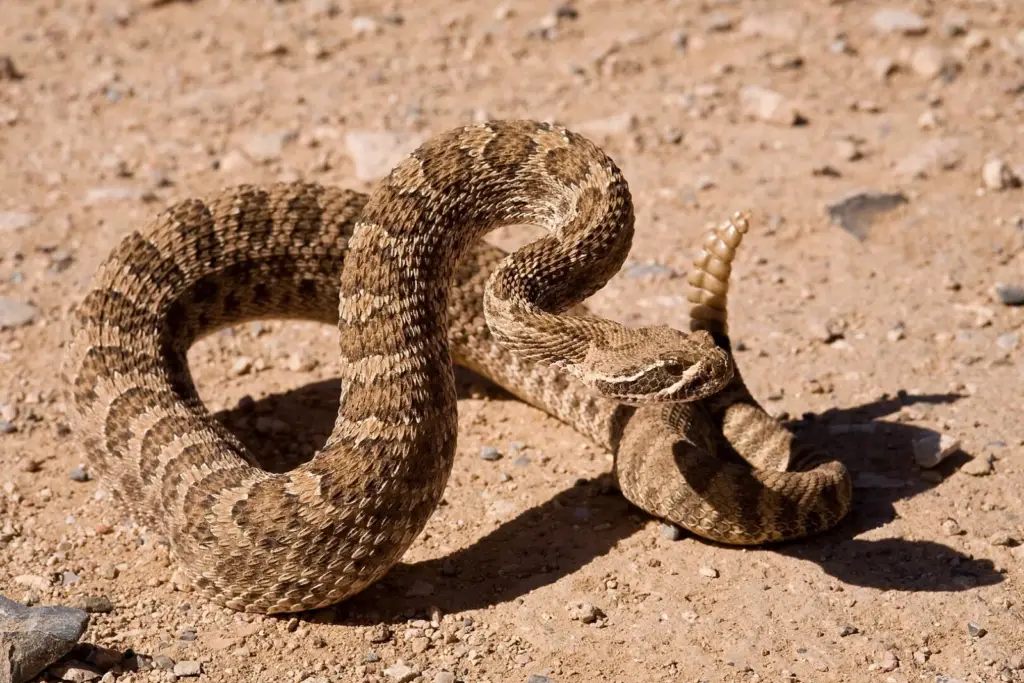
Rattlesnakes are among the most iconic venomous snakes in the U.S., with several species spread across different regions, from deserts to forests. These snakes are well-known for their distinctive rattle, a warning mechanism to deter threats. However, when provoked or startled, rattlesnakes will not hesitate to strike. Their venom is highly potent, containing hemotoxins that cause severe pain, swelling, and tissue damage. Without timely medical intervention, a bite can lead to long-term complications or even death. Rattlesnakes are particularly active during warm months and are commonly encountered by hikers, campers, and gardeners.
They often hide under rocks, logs, or tall grass, making it easy to stumble upon them unknowingly. Though they prefer to avoid confrontation, rattlesnakes will defend themselves aggressively when cornered. Avoiding encounters involves staying on marked trails, wearing protective footwear, and paying close attention to surroundings. Despite their dangerous reputation, rattlesnakes play an important ecological role by controlling rodent populations. Efforts to educate the public about snake behavior have helped reduce unnecessary killings of these misunderstood reptiles.
9. Bald Eagle
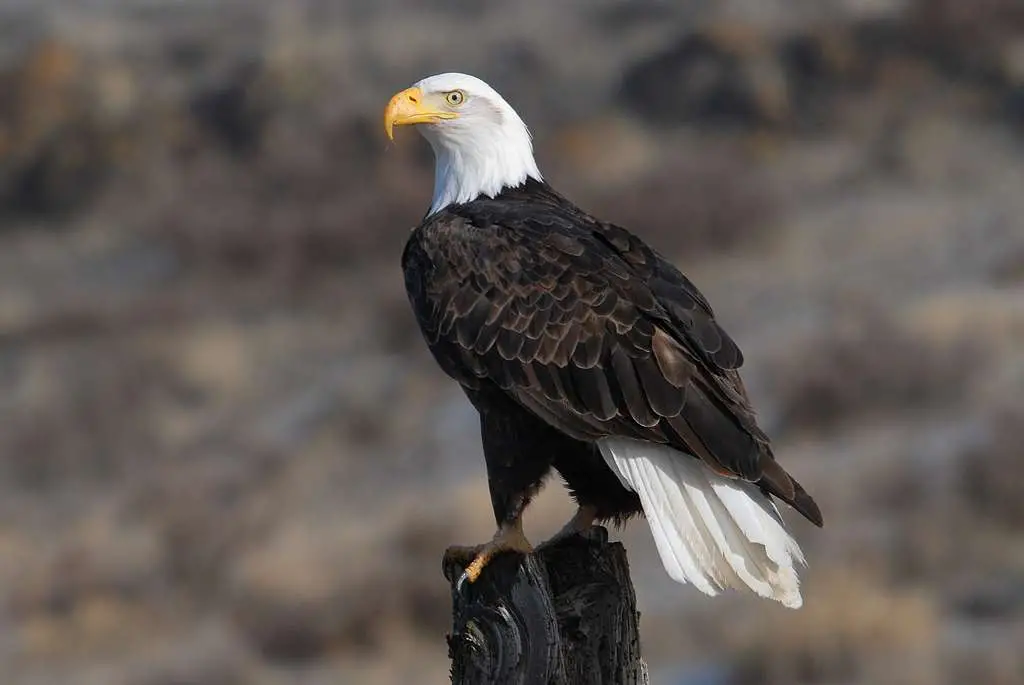
The bald eagle, America’s national bird, is both majestic and fiercely territorial. Found near large bodies of water across the U.S., these powerful birds of prey are known for their impressive wingspans, which can reach up to 7.5 feet. While not typically a threat to humans, bald eagles are highly aggressive when defending their nests or hunting for food. During nesting season, they will attack any perceived intruder, including other birds, animals, and even humans who venture too close. Their sharp talons can exert over 400 pounds of pressure, making them capable of killing prey as large as deer fawns.
Bald eagles are opportunistic hunters, often stealing food from other birds or scavenging carrion, but they’re also skilled fishers. They are territorial and will fiercely compete with other eagles or ospreys for prime hunting grounds. Conservation efforts have helped bald eagle populations recover, but human encroachment into their habitats continues to spark conflicts. Observing these birds from a distance ensures safety for both people and the eagles. Despite their aggressive tendencies, bald eagles remain a symbol of strength, freedom, and resilience.
10. Bull Shark
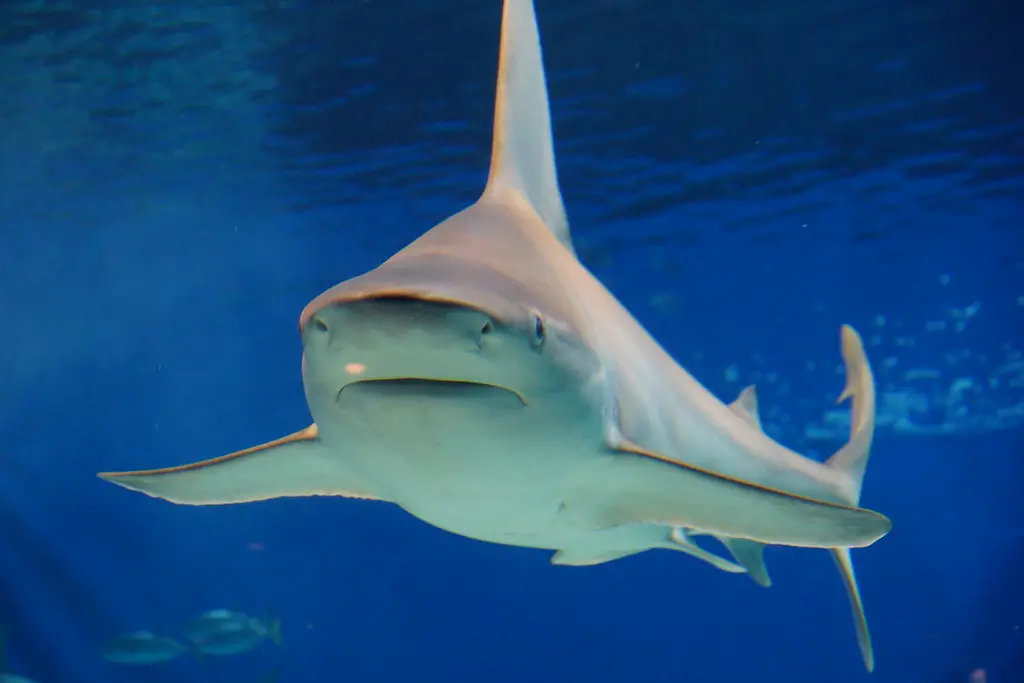
The bull shark is considered one of the most aggressive shark species in the world, frequently found in U.S. waters, including along the Gulf Coast and up rivers like the Mississippi. Unlike most sharks, bull sharks can thrive in both saltwater and freshwater, often venturing far inland. This adaptability makes them more likely to come into contact with humans, and their aggressive nature adds to their reputation as dangerous predators. Bull sharks are territorial and known to exhibit bold behavior, often investigating or attacking anything they perceive as a threat.
With powerful jaws and a bite force stronger than that of a great white shark, they are capable of inflicting severe injuries. While attacks on humans are rare, bull sharks account for many of the documented shark attacks worldwide due to their proximity to populated waters. They are opportunistic feeders, preying on fish, turtles, and even other sharks. Conservation efforts aim to balance human safety with the importance of sharks in marine ecosystems, where they play a critical role in maintaining healthy fish populations. Avoiding murky waters and areas near river mouths can reduce the risk of encountering these formidable predators.
11. Moose
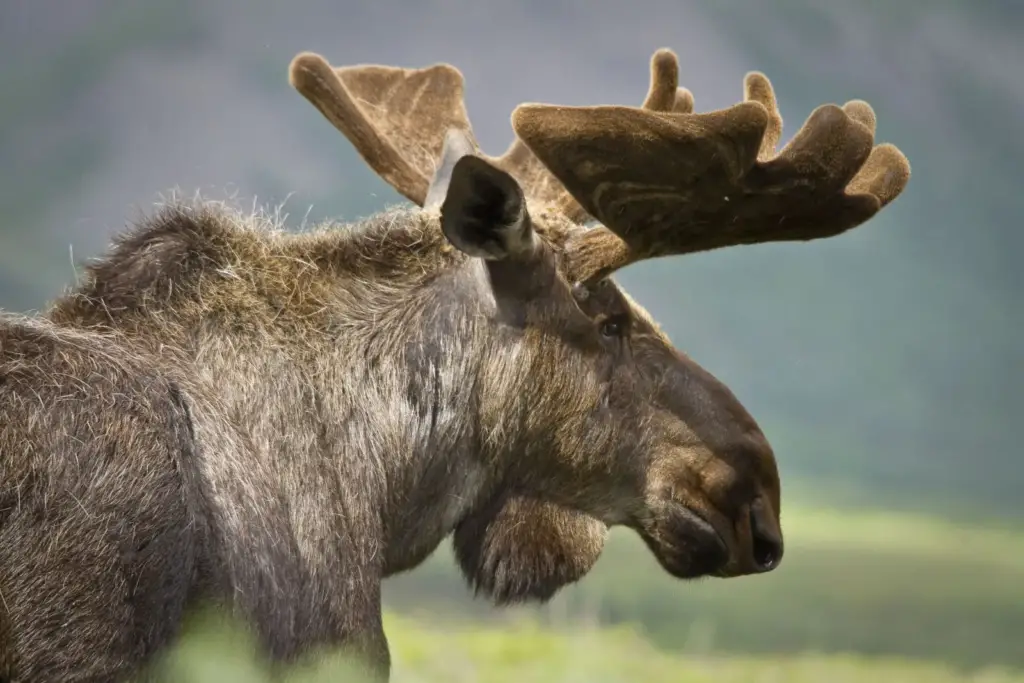
Moose are among the largest mammals in North America, with males standing over six feet tall at the shoulder and weighing up to 1,500 pounds. Found in northern states such as Alaska, Maine, and Minnesota, these herbivores might seem docile, but they are surprisingly aggressive. Moose become particularly dangerous during mating season in the fall and in spring when females protect their calves. Despite their herbivorous diet, moose are highly territorial and will charge if they feel threatened. They have long legs and sharp hooves capable of delivering devastating kicks to predators or perceived threats.
Unlike bears, which may bluff charge, moose tend to follow through with their attacks, making them especially dangerous to hikers and motorists. Moose often wander onto roads, leading to collisions that can be fatal for both the animal and vehicle occupants. They are also known to attack dogs, mistaking them for predators like wolves. Giving moose plenty of space and avoiding sudden movements can help prevent encounters. While majestic and essential to northern ecosystems, moose command respect due to their unpredictable and aggressive nature.
12. Coyote
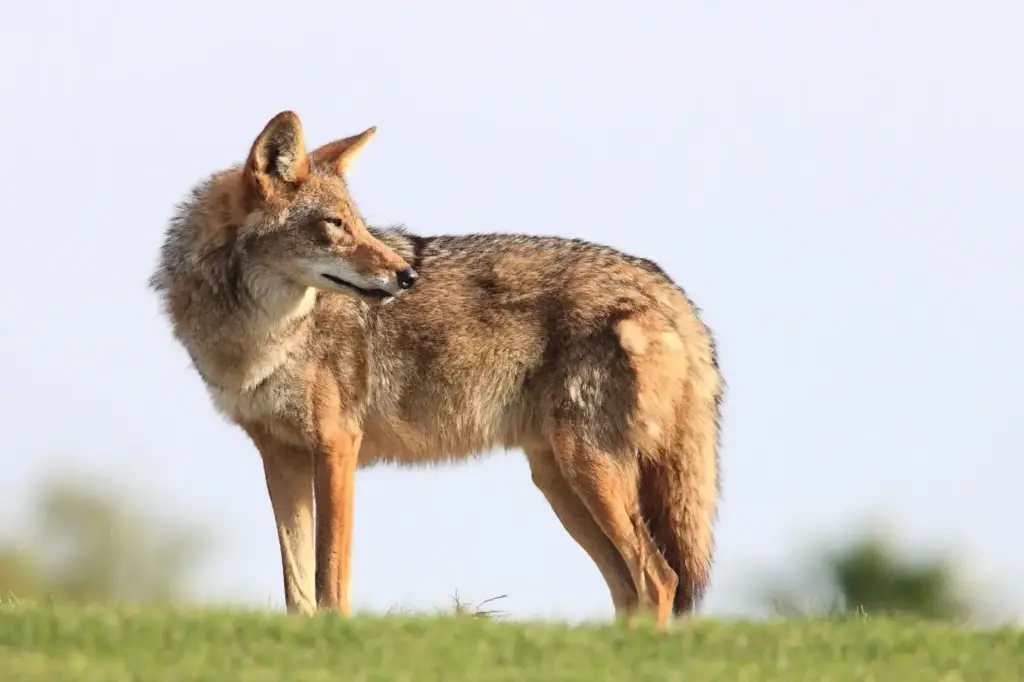
Coyotes are highly adaptable predators found in almost every U.S. state, thriving in rural, suburban, and even urban environments. These intelligent animals are generally wary of humans, but food scarcity and habitat encroachment can lead to aggressive behavior. Coyotes are opportunistic feeders, preying on small animals, pets, and livestock. During mating and pup-rearing seasons, they become particularly bold, often attacking anything they perceive as a threat to their den. Coyotes are known to hunt in pairs or small packs, increasing their effectiveness as predators.
Reports of coyote attacks on pets and small children, though rare, have risen as they adapt to living near humans. To deter coyotes, wildlife experts recommend securing trash, removing pet food from outdoor areas, and supervising pets. Coyotes have a cunning reputation, often using diversion tactics when hunting prey or defending territory. Their population has steadily increased, even in urban areas like Los Angeles and Chicago, making encounters more common. Despite their aggression in certain situations, coyotes are a vital part of ecosystems, helping to control rodent populations and maintain ecological balance.


